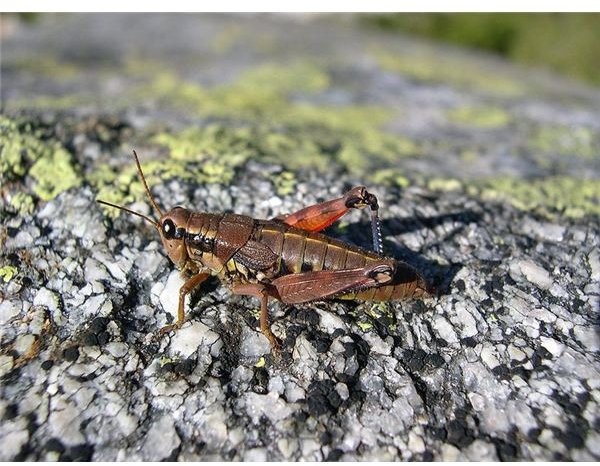Ten Examples of Heterotrophs: Learn About Creatures that Eat Other Producers
Background of Heterotrophs
Heterotrophs are all around us. They are in the oceans, forests, deserts, and some are even sitting right next to you! Heterotrophs are animals and organisms that eat autotrophs (producers) in order to survive. Some categories of heterotrophs include herbivores (plant eaters), carnivores (meat eaters), omnivores (plant and meat eaters), and lastly scavengers (foraging).
Heterotrophs rely on autotrophs for food because they need energy in order to continue functioning. They either focus on eating plants directly for food or may even eat other species to gain energy indirectly. For example, let’s say that Bob eats a cow. Bob received energy indirectly from an autotroph - grass, because the cow ate grass which received its energy from the sun. Therefore, heterotrophs receive their energy from the sun indirectly by eating other organisms as well as autotrophs.
So what are some examples of heterotrophs you might ask? Well, here’s a listing from a variety of categories!
Herbivore Examples
Herbivores like to munch on autotrophs such as plants and grass. There are several different types of herbivores varying from insects and mammals. Some insects just eat a part of a plant while others such as mammals have to chew a large quantity of grass in order to stay healthy. Let’s start by focusing on two herbivores.
One type of herbivore is one of a farmer’s worst fears. Locusts are herbivores that like to swarm over a wide range of land and can chew through miles of farmland. Unlike grasshoppers which only chew a part of a plant, locusts feed on all kinds of autotrophs and are feared for disrupting food supplies.

You have probably eaten this herbivore. It gives us milk for our cereal as well as our beef for our burgers. Cows are another herbivore that consume a large amount of grass in order to survive. They also use multiple stomachs in order to break down cellulose which many animals cannot digest.
Carnivore Examples
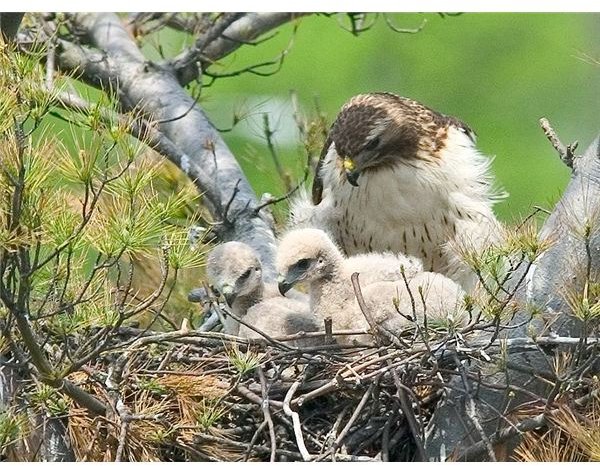
Rather than munching on plants, carnivores like to eat meat. They can eat herbivores, omnivores, and even other carnivores. These creatures are often called predators, in that they control certain populations such as rodents who would grow too large without their guidance. Many carnivores have sharp teeth or beaks to tear flesh while others have keen eyesight in order to sight their prey.
The precursors to dogs, these creatures are heterotrophs in that they like to eat meat. This type of carnivore is called a wolf. Wolves like to travel in packs, and usually team up against other animals such as deer for prey. By using their claws and sharp teeth, wolves are able to get their food and nutrients by eating meat.
Another type of carnivore is a hawk. Using their eyesight and flight, hawks are able to catch small rodents such as mice for food. Hawks are very important because they can control rodent populations. If we didn’t have hawks, rodents such as mice would be a major hindrance to us.

The last example of a carnivore swims in the oceans. When you think of sharks, you might think of a particular movie, however sharks usually like to prey on fish. Using their rows of sharp teeth as well as their speed through the ocean’s water, sharks are important in that they, like hawks, help control the fish populations.
Omnivore Examples

Omnivores are interesting because they are both herbivores and carnivores. For example, they can eat plants such as fruits and vegetables as well as eating meat such as beef and pork. Getting the best of both worlds, omnivores can eat herbivores, carnivores, as well as other omnivores. These heterotrophs are probably the best in adapting to any environment.
Let’s see what some examples of heterotrophs you might be acquainted with.
The first type is you! Yes, humans are omnivores. We can eat fruit and vegetables as well as various types of meat such as beef and pork. For example, we can use our canine teeth to tear food as well as use our molars to grind up plants such as broccoli and onions. It’s a benefit to be an omnivore because we can adapt in any given situation–provided there is food around.
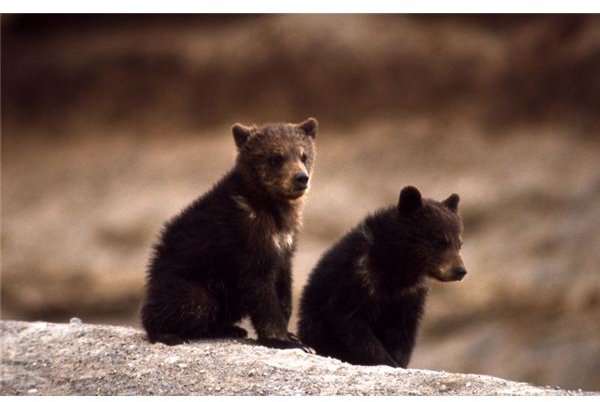
Another omnivore is grizzly bears. Grizzly bears usually focus on foraging for food such as feeding on berries and insects. Using their claws, grizzly bears can catch fish as well as grab animals out of their burrows. Just make sure that you do not approach grizzly bears too closely–otherwise they may catch you as prey!
Scavenger Examples
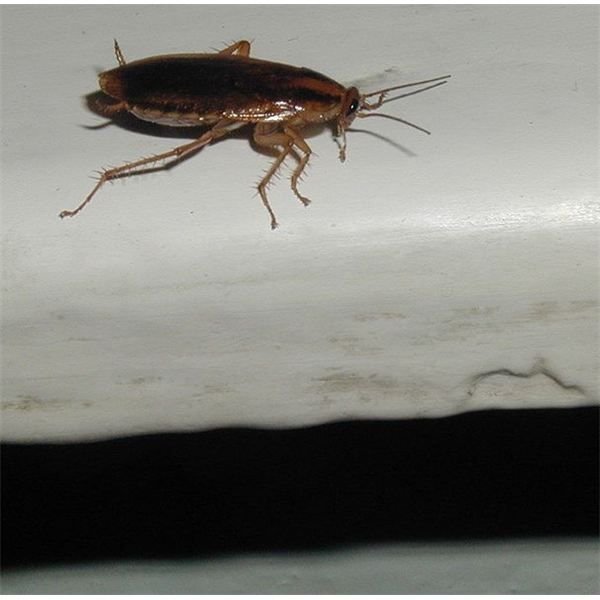
The last type of heterotrophs are called scavengers. Scavengers like to eat the leftovers of things or they like to eat animals that have recently died called carrion. Some scavengers only eat carrion, while others can also eat plants or fruit. Without scavengers, the dead population would have a hard time decomposing and our planet would not smell that great.
One example of a scavenger that creeps out many people are cockroaches. Cockroaches can survive pretty much anywhere and like to focus on eating scraps from garbage while others eat dead plants in forests. Cockroaches have been around for over 340 million years and it is even speculated that they could survive a nuclear winter.
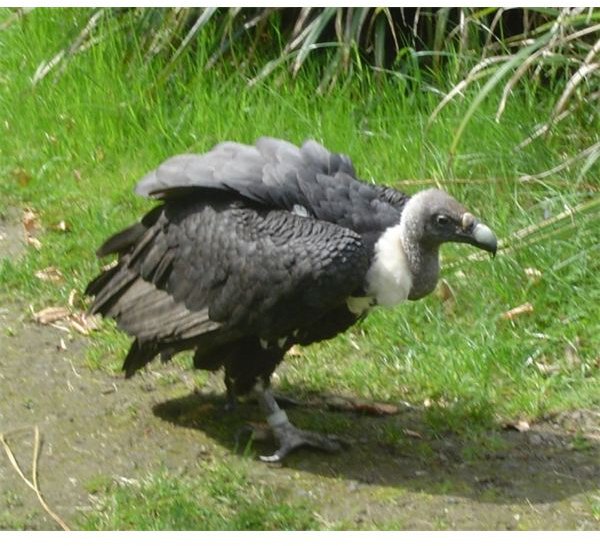
Two other types of scavengers like to eat carrion that have recently died. For example, opossums and vultures usually feed on dead creatures; however, you are probably acquainted seeing them feed on animals that have been hit by cars. One interesting thing about vultures is that their feathers and urine are built to protect them from bacteria when they feed on a carcass. Opossums, on the other hand, are usually the ones hit by cars, so they are both scavengers–and carrion.
So the next time someone asks you what are some examples of heterotrophs, ask them which type they are talking about. There are hundres and thousands of heterotrphs in our world!
References
- Photo: Aleks 58. “Lubenskaja and Salov.” http://commons.wikimedia.org/wiki/File:Lubenskaja_%26_Salov.jpg
- Photo: Jokee. “Cockroach.” http://commons.wikimedia.org/wiki/File:Cockroach.jpg
- Photo: Necrophorus. “Bengalgeier.” http://commons.wikimedia.org/wiki/File:Bengalgeier.JPG
- Encyclopedia Britannica. “Heterotroph.” http://www.britannica.com/EBchecked/topic/264402/heterotroph
- Photo: U.S. Fish and Wildlife Service. “Grizzly Bear Cubs.” http://commons.wikimedia.org/wiki/File:Grizzly_Bear_cubs.jpg
- Photo: Thiesan, Stefan. “Sharks Against the Sun.” http://commons.wikimedia.org/wiki/File:Shark_against_the_sun.JPG
- Photo: Wolvenraider. “Cows.” http://commons.wikimedia.org/wiki/File:Cows.JPG
- Photo: O’Neil, Thomas. “Hawks.” http://commons.wikimedia.org/wiki/File:RT_hawks.jpg
- Photo: FredB. “Locust.” http://commons.wikimedia.org/wiki/File:Locust.jpg
- Nature Works: http://www.nhptv.org/natureworks/
This post is part of the series: All About Heterotrophs and Autotrophs
Learn about interesting information concerning heterotrophs and autotrophs!
